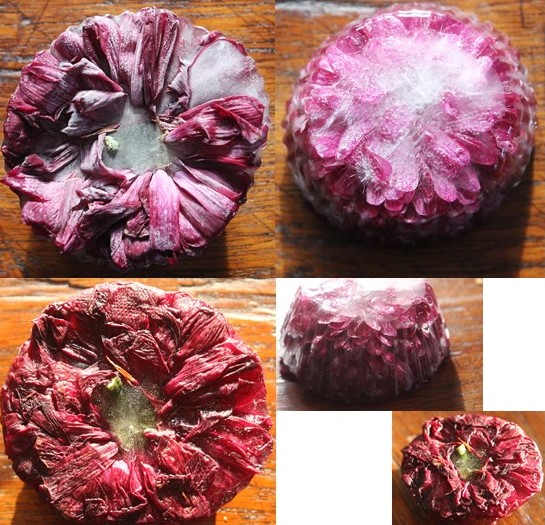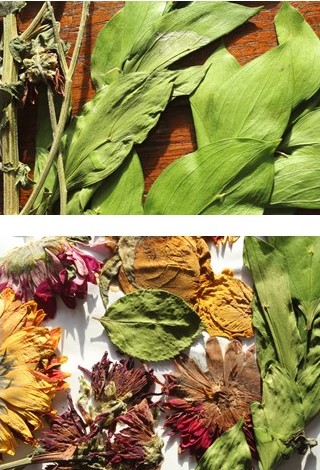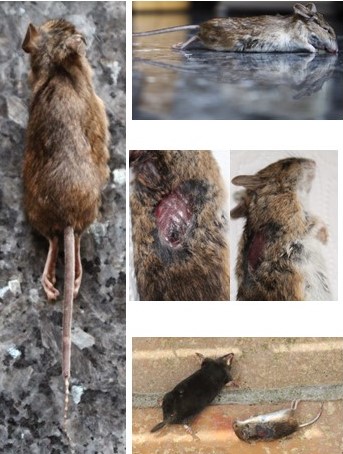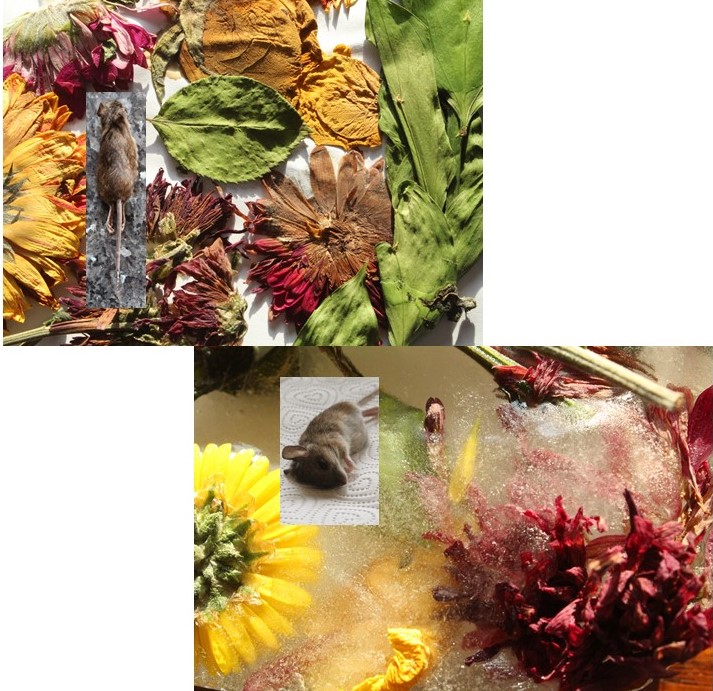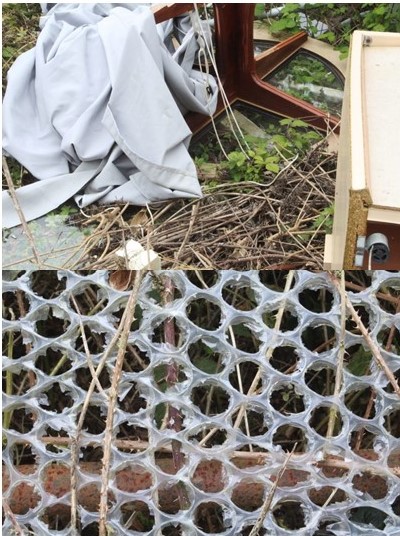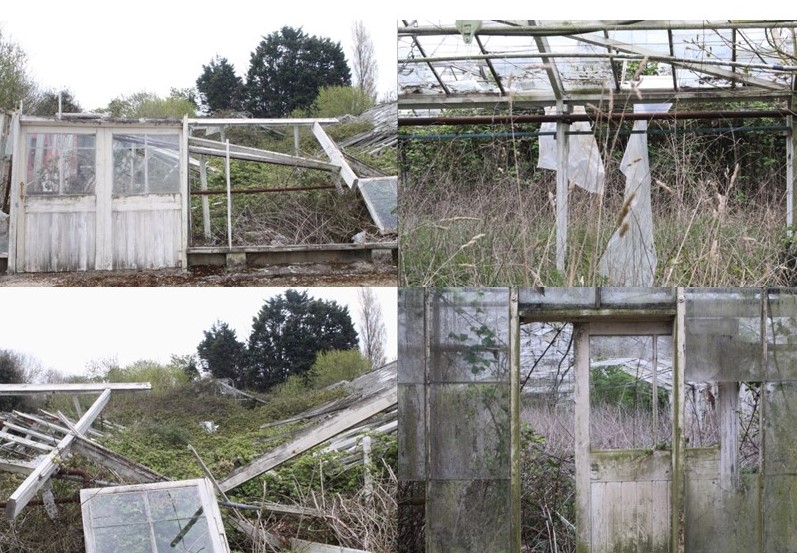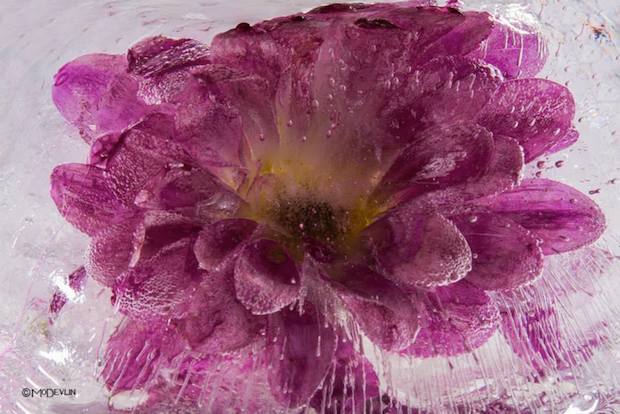Overall, my project has been constantly evolving and adapting from day one. At the beginning of my project, I focused on ‘The Journey of an Object’, this was too simple for me and I wanted to challenge the idea of a journey of pathway. The journey I ended up focusing more was ‘The Circle Of Life’. I represented this with flowers frozen in ice – so I could physically freeze a moment in time and retain it, press flowers – so as they decay they stay flat and create their own composition, and I also captured deceased animals to capture their ever-lasting last moments and how their bodies responded to it. This collectively in my opinion, shows how time cannot be created or destroyed but can be held in a single moment.
My original interest for ‘The Circle Of Life’ came from a case study I did about Wolfgang Tillman’s still life photography. The specific image that inspired me was called ‘astro crusto’, an image that showed an open dead crab with a fly feasting on it. This sparked my whole idea of decay and time.This was all then followed by my case study of Heikki Leis who focused on the decay of food. I couldn’t really catch onto the idea of rotting food due to two variables, one being a time constraint (I didn’t have enough time to let my fruits and veg rot with a sufficient amount of decay present) and secondly handling these rotting foods causes many illnesses and put me off. However, thanks to some generous cats I was able to handle some deceased rodents easier because firstly they were brought into the house so I didn’t have to go and find them, and secondly the cats only bring them in as trophies so there was only puncture marks.
Editing wise, I kept it simple with just colour adjustments and cropping, however during this project I became more accustomed to the use of cameras and I could set them up for images that didn’t needing much editing due to me having already capturing what I wanted. For my final images, I decided to layer my images over each other because I think it really ties in my whole idea of ‘The Journey Of life’ and how death is inevitable.
Overall, I’m happy with the content i have produced because it all ties into one clear topic and they’re not reliant on editing and manipulation.








